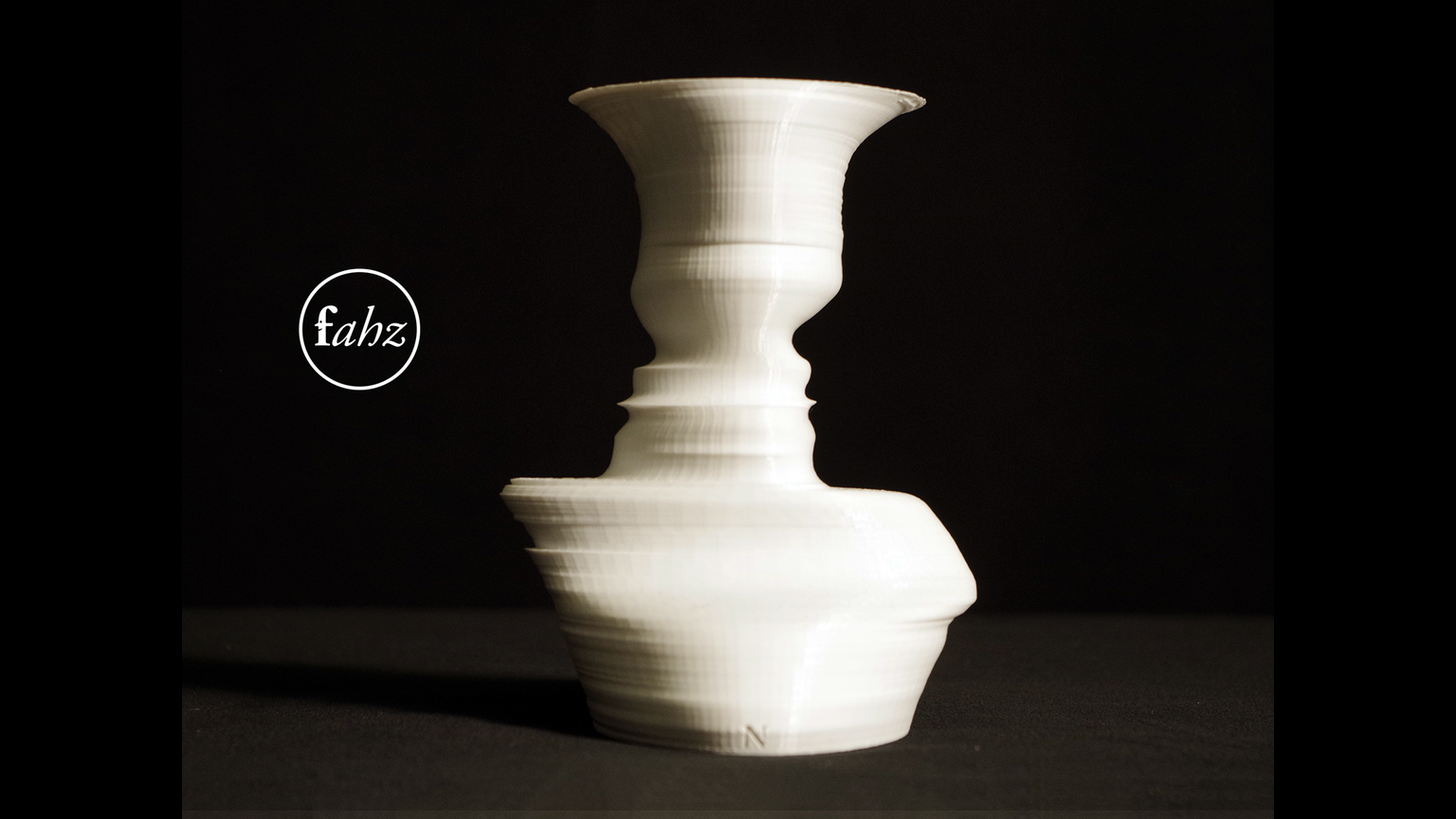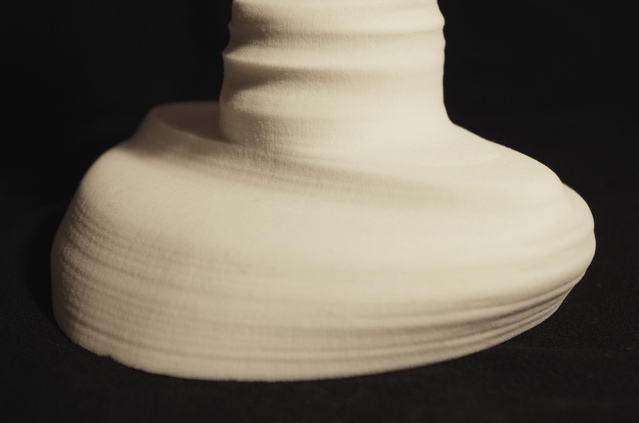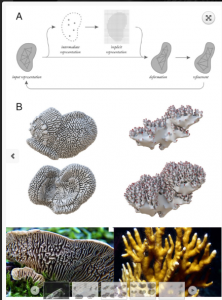// Liu Xiangqi xiangqil@andrew.cmu.edu Section-A Project-03
var backR = 255;
var backG = 219;
var backB = 77;
var radian = 0;
var size = 150;
var roundR = 255;
var roundG = 102;
var roundB = 0;
function setup() {
createCanvas(640, 480)
}
function draw() {
background(backR, backG, backB);
noStroke();
//change the background color
backR = map(mouseX, 0, width, 255, 0);
backG = map(mouseX, 0, width, 219, 20);
backB = map(mouseX, 0, width, 77, 51);
if (mouseX > width ) {
backR = 0;
backG = 20;
backB = 51;
}
if (mouseX < 0) {
backR = 255;
backG = 219;
backB = 77;
}
//change the position of the moon/sun
push();
radian = map(mouseX, 0, width, 0, 1.57);
translate(320,0);
rotate(radian);
//change the color
roundR = map(mouseX, 0, width, 255, 255);
roundG = map(mouseX, 0, width, 102,255);
roundB = map(mouseX, 0, width, 0, 0);
fill(roundR, roundG, roundB);
ellipse(200, 75, 150, 150);
//change the size of the breach
size = map(mouseX, 0, width, 0, 150);
fill(backR, backG, backB)
ellipse(200, 150, size, size);
pop();
} I don’t know why the moon stuck in the middle of the canvas. It moves smoothly to the upper-left corner on my browser.
![[OLD – FALL 2016] 15-104 • COMPUTING for CREATIVE PRACTICE](../../../../wp-content/uploads/2020/08/stop-banner.png)





